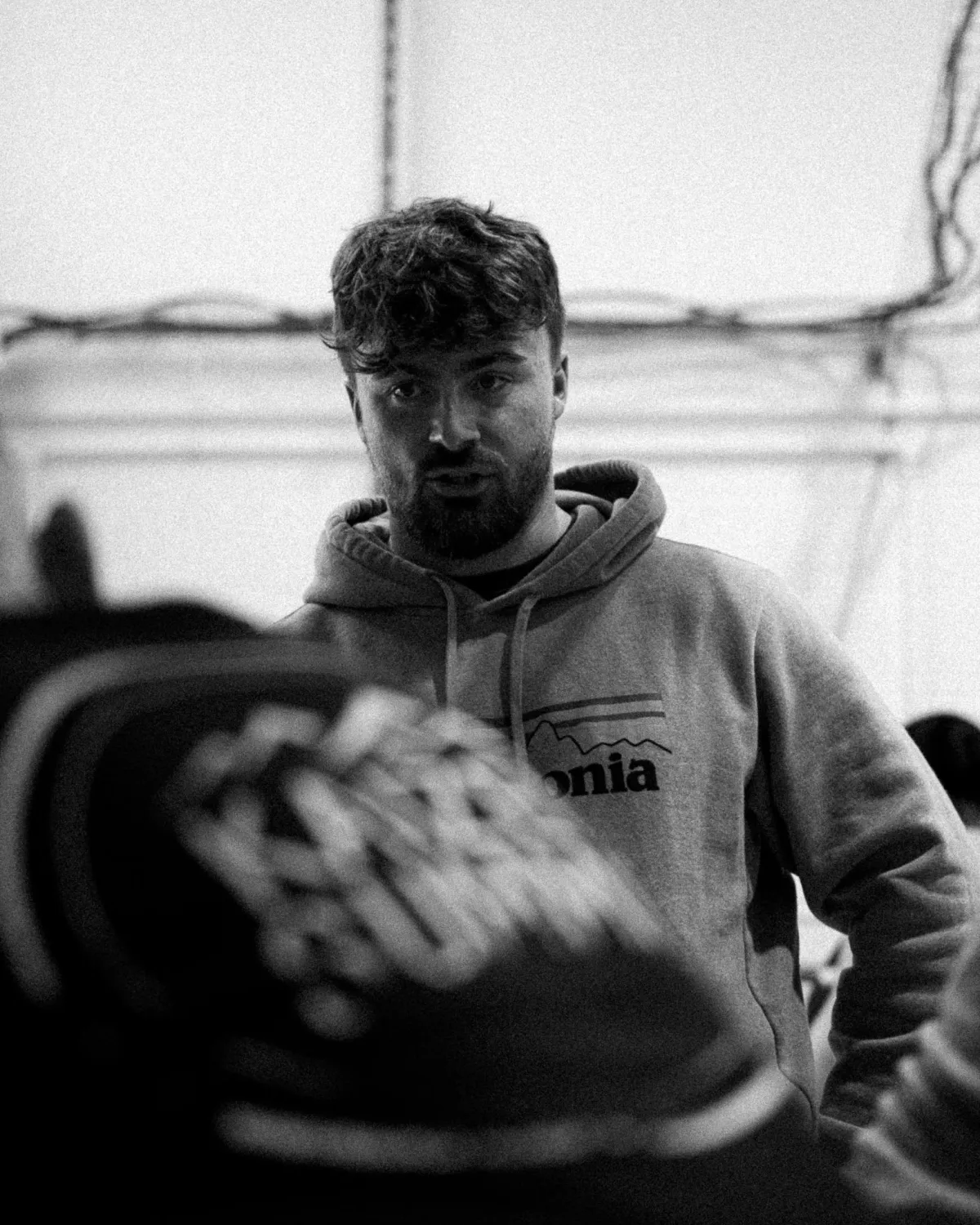
Strategy Vs Tactics
Strategy Vs Tactics
New leaders often ask which matters more, strategy or tactics? The honest answer is both. Strategy gives you direction, tactics turn that direction into daily action. If you drop either, performance slips. If you link them with discipline, progress compounds.
Think of strategy as the “why” and the “what”. It sets the mission and the outcomes that matter. Tactics are the “how” and “when”. They move people and resources so the mission is achieved. When tactics ignore strategy, you can win the day and lose the week. When strategy never reaches the ground, you get nice plans and no results.
Tactical management lives in the short term. It is the work you do today, the calls you make, the tasks you close, the decisions you take under time pressure. The risk is simple. You feel busy and even productive, yet little of it moves the mission. That is activity without impact, a tactical win that hides a strategic loss.
The antidote is detachment. Step back, get your eyes up, and see the whole picture. Ask what truly matters for the mission today? Then act in order of importance, not in order of noise. This habit protects you from false urgency and directs your effort where it counts.
Build a simple prioritisation rhythm. Each evening, write three outcomes for tomorrow and rank them. In the morning, start with number one and stay on it until it is complete or genuinely blocked. Only then move to the next. If a new issue arrives that looks critical, pause, reassess once, and switch only if it truly outranks your current task.
Writing the priorities down matters. A notebook, a whiteboard, or a plain notes app will do. The point is to create distance from the noise so you can judge clearly. This is Structured Guidance in practice. You reduce decision fatigue, you lower stress, and you make your next action obvious. It is repeatable and we will repeat it.
Detachment is also a people skill. When tempers rise or egos flare, slow your breathing and speak softly. Ask a clear question and listen to the answer. Most conflicts fade when someone resets the tone. Your calm presence becomes a stabiliser for the team, which strengthens Community Connection.
Strategic management is different in scope but not in spirit. It defines the long-term destination and the values that guide the route. It keeps the mission simple enough to repeat and strong enough to inspire. Every person should be able to explain the strategy in plain language and link their work to it.
Strategy fails when it lives only in slides. It succeeds when it frames daily choices. Keep repeating the mission, the few priorities that support it, and the standards you expect. Simplicity is not a lack of ambition. It is respect for how people think under pressure.
Speed comes from decentralised command. Give people the intent and the boundaries, then trust them to act. Explain the why behind the plan so they can make good decisions when circumstances change. Authority that lives close to the work removes bottlenecks and raises ownership.
This approach builds Skill Mastery at every level. Frontline leaders learn to weigh trade-offs and choose well. Middle managers learn to translate strategy into clear tasks and coach through obstacles. Senior leaders learn to remove friction, not to create it. Everyone grows, and the organisation moves faster with less noise.
Link strategy and tactics with a steady cadence. Begin the week by restating the mission and defining a small set of outcomes. Cascade those outcomes into team plans. Midweek, pause to check what is complete, what is blocked, and what must change. Close the week by capturing one lesson and one adjustment for the next cycle. This is Continuous Improvement made visible.
Guard your capacity to think well. Physical Resilience is not a side issue. Sleep, movement, and decent nutrition keep your judgement sharp. Take short walks between meetings, stand for one call each day, and set a clear cut-off for screens at night. When your body is steady, detachment is easier and your priorities hold.
Watch for common failure patterns. All tactics and no strategy looks like endless firefighting. All strategy and no action looks like elegant slides with no movement. Micromanagement feels like control but kills speed and trust. Avoid these traps by returning to intent, clarity and simple checks.
Use language that makes the plan easy to repeat. Replace jargon with plain verbs and nouns. Confirm understanding by asking people to explain the goal and the next steps in their own words. If they cannot, simplify again. Clear plans under calm conditions become fast action in hard moments.
Make review a habit, not a drama. After a key task or decision, take one minute to note what worked and what did not. Ask whether the priority you chose was the right one. Adjust your process, not your standards. Small corrections, taken early, prevent bigger problems later.
Teach your team these skills. Do not just expect them. Run short sessions on prioritising, detaching under pressure, and linking work to the mission. Invite questions and real examples. The aim is shared competence, not clever theory. As people improve, they will teach others, which strengthens Community Connection and spreads good practice.
As a new leader, you may feel pulled in many directions. Keep your footing by asking three questions, what is the mission? What is the next most important action? and who needs ownership to move it? When those answers are clear, progress follows. When they are not, slow down and reset.
Remember that discipline is easier when you remove friction. Batch similar tasks, protect one focused work block each day, and keep your priority list short. These simple moves free time and energy for the work that matters. Over time, the routine becomes part of who you are.
Strategy sets the course. Tactics move the boat. Detachment keeps you off the rocks. Decentralised command gives everyone an oar. When these parts fit together, teams stay calm, move decisively, and learn as they go. That is what enduring leadership looks like in practice.
Take a moment now to set your next step. Write three outcomes for tomorrow and rank them. Share the mission and those outcomes with your team in plain language. Decide where you can grant ownership, then do it. At week’s end, review what moved the mission and what you will change.
Keep the plan simple. Keep the pace steady. Think strategically, act tactically, and adjust with discipline. That is how you turn intent into results, one clear decision at a time.
